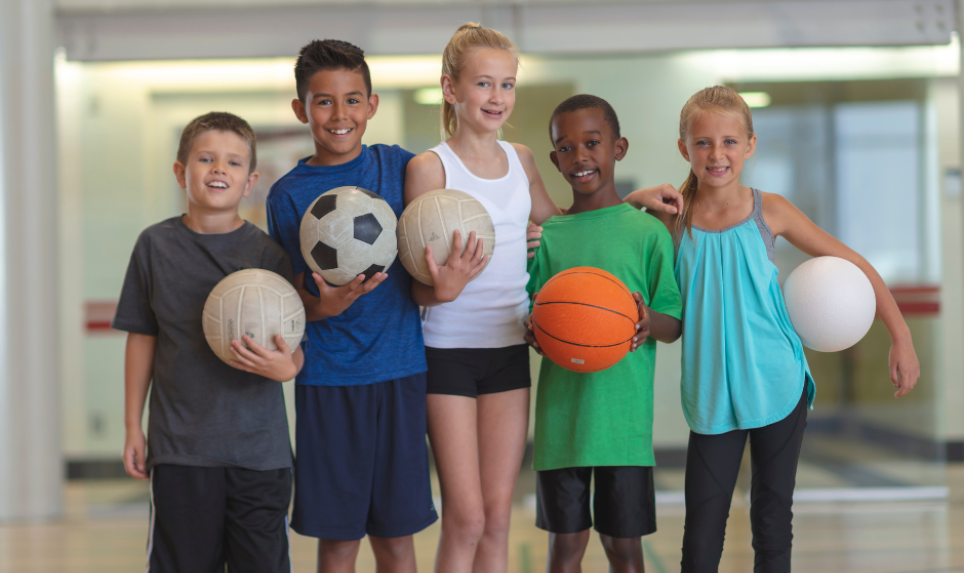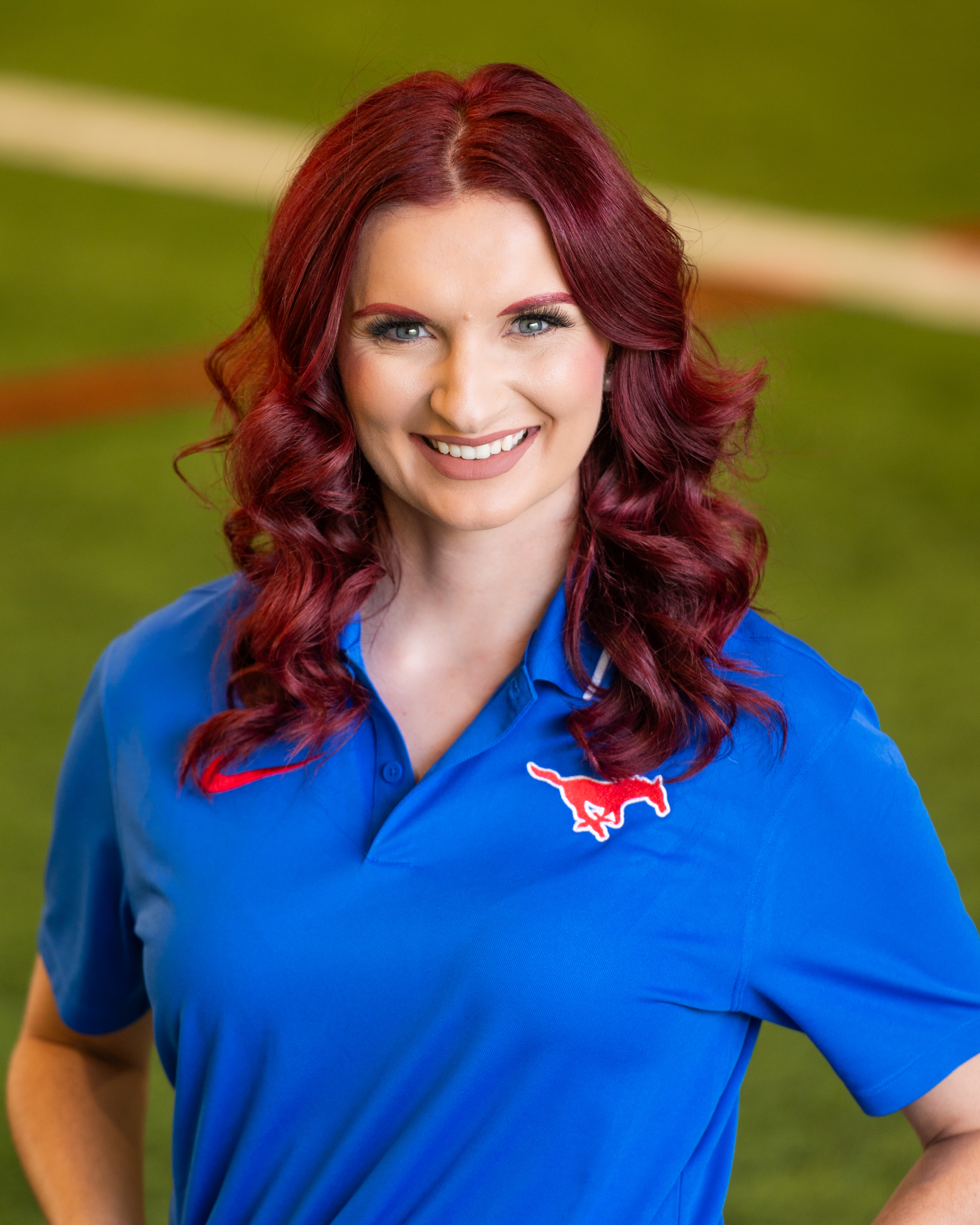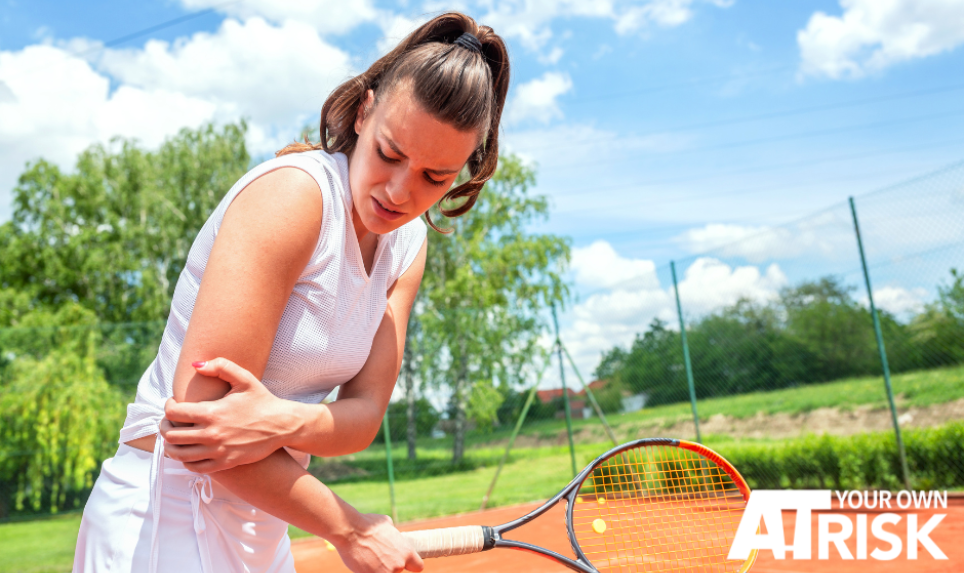Youth sport specialization, the practice of focusing on a single sport from an early age, has become increasingly common from ages 6-18. With the allure of scholarships, professional careers and elite-level competition, many parents and coaches encourage athletes to specialize, hoping to give them an edge over the competition. However, the trend toward early sport specialization is a double-edged sword, with significant implications for the physical, mental and emotional well-being of young athletes.
The Rise of Youth Sport Specialization
The trend toward early specialization has been fueled by several factors:
- Increased Competition: As sports become more competitive, there is a perception that athletes need to start early to keep up with their peers. This is particularly evident in sports like baseball, basketball, gymnastics, figure skating and soccer, where athletes often peak at a younger age.
- Pressure from Parents and Coaches: Parents and coaches, motivated by the prospect of college scholarships or professional contracts, may push young athletes to specialize early. They often believe that specialization is the key to unlocking future success.
- Youth Sports Culture: The culture of youth sports has shifted, with an emphasis on winning and elite performance. Many youth sports organizations and clubs now operate year-round, encouraging athletes to commit to a single sport to stay competitive.

The Risks of Early Sport Specialization
While the intention behind youth sport specialization may be to increase success, the approach carries several risks that can affect the overall development of youth athletes:
- Increased Risk of Injury: One of the most significant risks associated with early sport specialization is the increased likelihood of overuse injuries. Repetitive movements, such as pitching in baseball or swinging a racket in tennis, can place excessive stress on developing bones, muscles and joints. Over time, this can lead to chronic injuries, such as stress fractures, tendinitis and ligament damage. Studies have shown that athletes who specialize early are more prone to overuse injuries than those who participate in multiple sports.
- Burnout and Decreased Enjoyment: The intense focus on a single sport can lead to burnout, a state of physical and emotional exhaustion. Burnout often results from the pressure to perform, the lack of variety in training and the loss of the intrinsic enjoyment of the sport. Young athletes who experience burnout may lose interest in their sport altogether, leading to early dropout and a negative relationship with physical activity.
- Limited Overall Athletic Development: Early sport specialization can hinder the development of a well-rounded athlete. Participating in multiple sports helps young athletes develop a broader range of skills, such as coordination, agility, balance and strength. These skills are transferable across sports and contribute to long-term athletic development. Additionally, playing different sports exposes athletes to various movement patterns, reducing the risk of overuse injuries and promoting overall athleticism.
- Psychological and Emotional Impact: The pressure to excel in a single sport can have psychological and emotional consequences. Young athletes may experience anxiety, depression and low self-esteem if they feel they are not meeting expectations. The fear of failure, coupled with the pressure to perform, can lead to a negative mindset and decreased motivation. Furthermore, the identity of these athletes often becomes intertwined with their sport, making it difficult for them to cope with setbacks, such as injuries or poor performance.

The Importance of a Balanced Approach
Given the risks associated with early specialization, it is essential to adopt a balanced approach to youth athletics. Here are some key strategies for parents, coaches and young athletes to consider:
- Encourage Multi-Sport Participation: Allowing athletes to participate in multiple sports helps develop a wide range of skills and reduces the risk of overuse injuries. Multi-sport athletes often perform better in the long run, as they are less likely to burn out and more likely to develop a lifelong love for physical activity. Additionally, exposure to different sports can help athletes discover their true passion and identify the sport that best suits their abilities and interests.
- Focus on Fun and Enjoyment: Sports should be enjoyable for young athletes. Emphasize the importance of having fun, building friendships and learning life skills through sports. A positive and supportive environment fosters a love for the game and encourages continued participation. When the emphasis is on fun rather than performance, athletes are more likely to stay engaged and motivated.
- Prioritize Rest and Recovery: Rest and recovery are crucial for young athletes, particularly those involved in intense training. Ensuring athletes have adequate time to rest between practices and competitions prevents overuse injuries and burnout. Encourage them to take breaks from their primary sport during the off-season to allow their bodies and minds to recover.
- Promote Long-Term Athlete Development: Adopt a long-term approach to athlete development rather than focusing on short-term success. Emphasize the importance of gradual progression, skill development and overall athleticism. This approach helps athletes build a solid foundation for future success while minimizing the risk of injury and burnout.
Download the National Athletic Trainers' Association Youth Sport Specialization Safety Recommendations endorsed by the professional sports societies.
Striking the Right Balance
Youth sport specialization in athletics is a complex issue with no one-size-fits-all solution. While early specialization may seem like a pathway to success, it is essential to recognize the potential risks and long-term consequences. By encouraging multi-sport participation, prioritizing enjoyment and promoting a balanced approach to training, we can help young athletes maximize all of the benefits sports provide.
Ultimately, the goal should be to support the overall development of young athletes, ensuring they grow into healthy, happy and successful individuals, both on and off the field.
About The Authors:

Tiffany Phillips, M.Ed, LAT, ATC, is currently the Head Athletic Trainer at Grapevine High School in Grapevine, Texas. She also serves as the NATA Secondary Schools Athletic Trainers' Committee District 6 representative. Before laying roots in the secondary school setting, Phillips’ career started in the DI and DII college, as well as the NFL. When not working, she enjoys walking the dogs, reading and going to sporting events with Kamden where they can frequently be found supporting former athletes.

Megan Olson, MS, LAT, ATC, is the current District 11 representative on the NATA Secondary School Athletic Trainers’ Committee. She earned her Bachelor of Arts in Athletic Training from Luther College and her Master of Science in Athletic Training from Ohio University. Megan’s works with Gundersen Health System in Onalaska, Wis., as an outreach athletic trainer for West Salem High School. Outside of work, Megan can often be found cooking, completing home improvement projects, or taking walks with her husband and dog.
